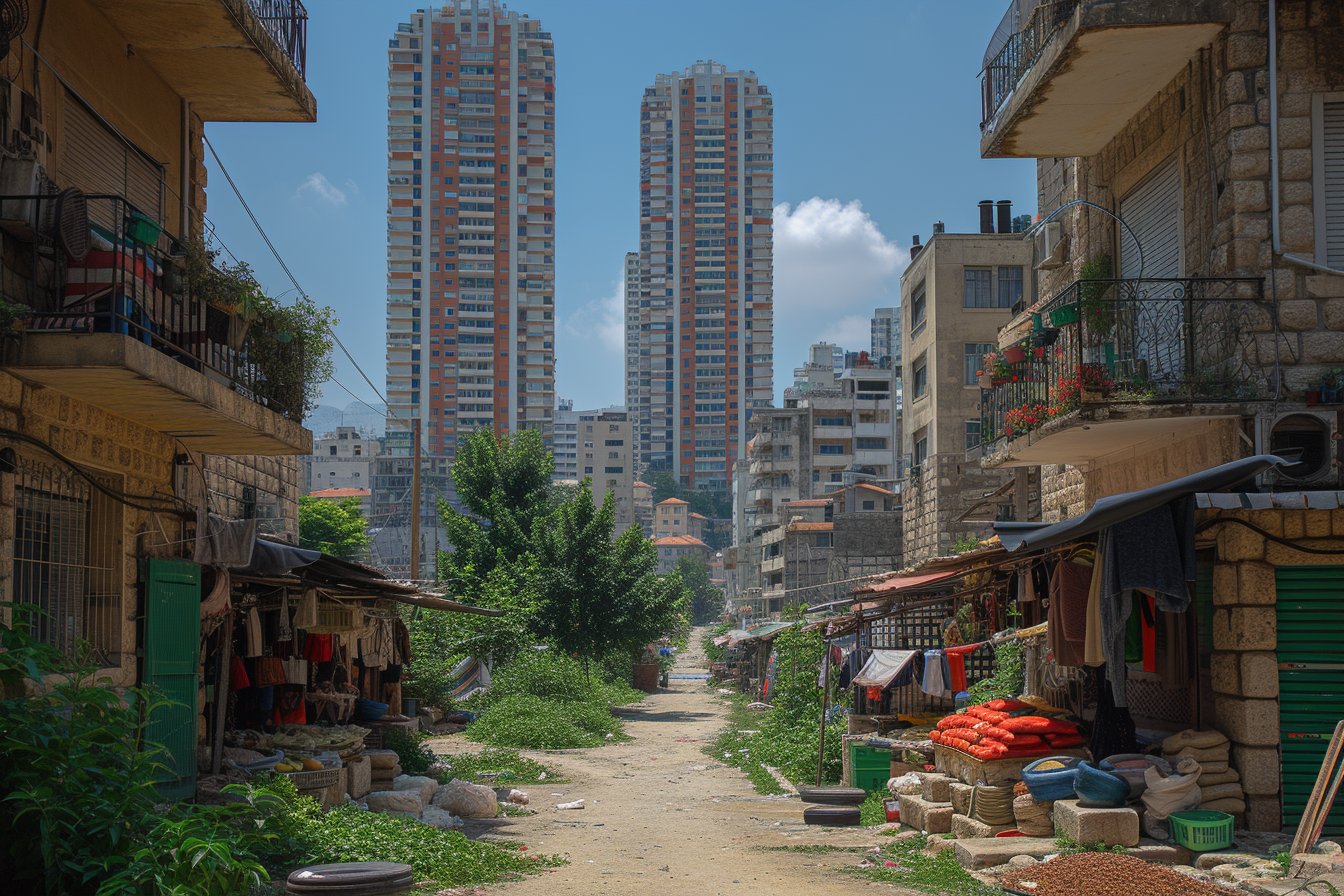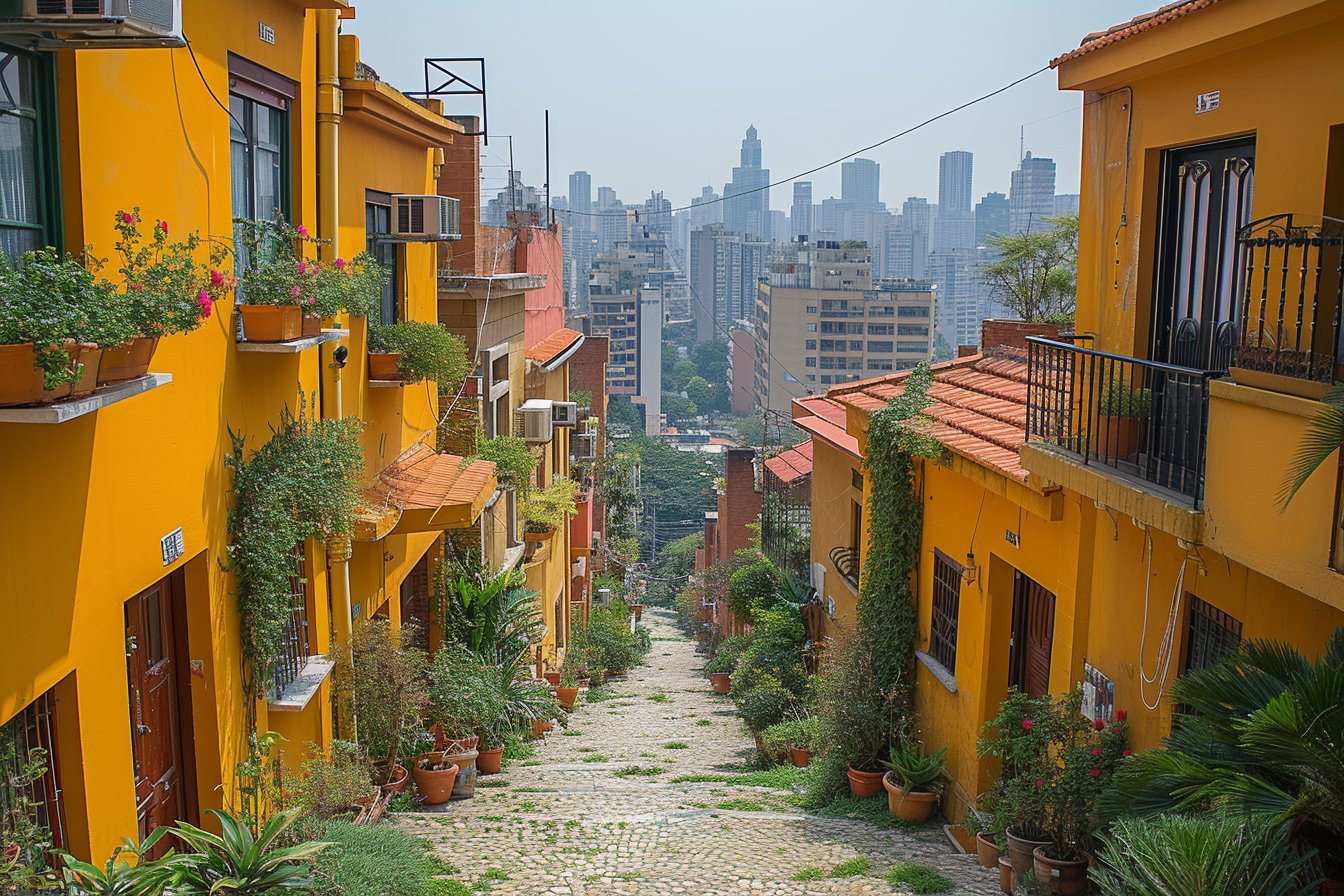The world has been the stage for unprecedented human migration in the 21st century. In this context, it is particularly interesting to examine where the majority of Lebanese immigrants have settled. This article provides an overview of the geographical distribution of Lebanese immigrants and the respective influences on their choices.
Main Concentration Areas in the United States
In the United States, there are three states which hold significant concentrations of Lebanese descendants: Michigan, California, and Florida.
Michigan: An Industrial and Financial Hub
With a rich history of industry and commerce, notably the automotive sector, Michigan is home to one of the largest Lebanese-American populations in the United States. According to estimates, approximately 25% of Arabic-speaking residents in Michigan are of Lebanese descent, leading to the formation of vibrant communities such as Dearborn and other Detroit suburbs. The availability of jobs and opportunities presented by the thriving industries were some factors that attracted initial waves of Lebanese migrants.
California: A Cultural and Economic Magnet
As one of the most culturally diverse and economically prosperous states in America, California boasts a considerable number of Lebanese-Americans who have integrated into various fields including arts, entertainment, and tourism-centric establishments. Major cities such as Los Angeles, San Francisco, and San Diego have witnessed an increase in businesses owned or managed by Lebanese citizens, contributing to their cultural footprint. With its mild climate and picture-perfect landscapes, California continues to attract members of the Lebanese diaspora seeking to build a better life.
Florida: Sun, Sand and Opportunities
Known for its sunny beaches, theme parks, and booming hospitality industry, Florida has seen an influx of Lebanese immigrants since the early 20th century. While the exact population figures are unclear, it is estimated that Lebanese-Americans constitute a substantial minority in cities such as Miami, Tampa, and Orlando. With its warm weather, coastal lifestyle, and boundless possibilities for entrepreneurs and professionals alike, Florida presents an appealing destination for those seeking to plant roots in the new world.
Beyond the United States: Other Countries with Notable Lebanese Populations
The concentration of Lebanese immigrants is not limited to the continent of North America. Many other countries across the globe have welcomed their share of this vibrant community. Let’s explore some notable examples:
- Brazil – The Land of Samba and Lebanese émigrés
- Australia – Down Under and In Demand
- Canada – A Kindred Spirit and Close Neighbor
Brazil has been a remarkably popular destination for Lebanese citizens; according to various sources, there could be anywhere from 7 million to 10 million Brazilians of full or partial Lebanese descent living in the South American country today. They have successfully integrated into society and made significant contributions to fields such as business, politics, and sports.
In Australia, an impressive number of Lebanese Australians reside mainly in Melbourne and Sydney. In fact, the Victorian state capital holds one of the most densely populated suburbs outside of Lebanon itself. Like their counterparts in the United States and Brazil, Lebanese-descended individuals have thrived across various spheres of Australian life, including culinary arts, media, and entrepreneurship.
Sharing a border with the United States, Canada has seen a steady stream of Lebanese immigrants over the past few decades. The Canadian government’s welcoming policies and the promise of a better future has drawn these migrants—mainly professionals to major urban centers such as Montreal, Ottawa, and Toronto. More recently, due to the Syrian refugee crisis, Canada has welcomed thousands more Lebanese immigrants, further enriching their communities.
African Adventures: Lebanon’s Connection with Ghana, Ivory Coast and Sierra Leone
While not maintaining as vast of a presence as in the countries previously mentioned, it is pertinent to acknowledge Lebanese settlements in African nations. From the early days of migration, various groups established themselves into significant trading posts or rich resource depositories on the continent. Aided by historical connections related to the West African slave trade, the citizens of ancient Phoenicia—arguably the ancestors of modern-day Lebanese people—left their mark on lands such as Ghana, Ivory Coast, and Sierra Leone.
In recent times, despite challenges like political instability and violence, there have been consistent contributions from Lebanese settlers to the local economies of these African countries. Their involvement spans diverse sectors ranging from agriculture, textiles, and timber to mining operations.
The Influence of Migration Waves and Refugee Situations
A vital aspect to consider when assessing the distribution of Lebanese expatriates across the globe is the influence of various waves of migration. As history has shown, war, economic distress, or hostile regimes can force large groups of individuals to seek refuge in other countries. The Lebanese Civil War (1975-1990) displaced hundreds of thousands from their homeland, fueling a wave of migration towards Europe, North America, and Australia. Moreover, the ongoing conflicts in Syria and Iraq continue to directly impact immigration trends involving Lebanese citizens, resulting in an increased need for asylum throughout the region and beyond.
In conclusion, understanding the geographical distribution of Lebanese immigrants offers insight into the factors driving migration patterns and the integration of these individuals into their new societies. By examining the past and present movements, we can gain a greater appreciation for the resilience and adaptability of this diverse community as they continue to leave lasting impressions on their host countries.






